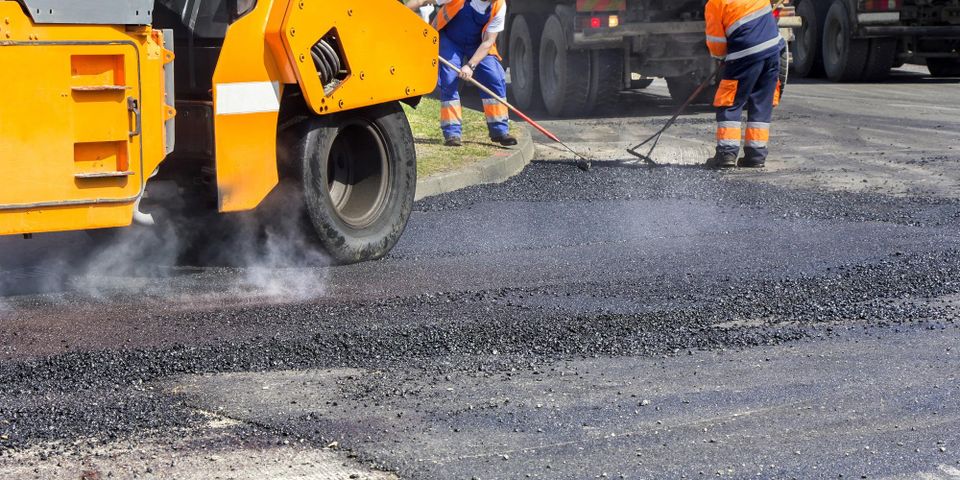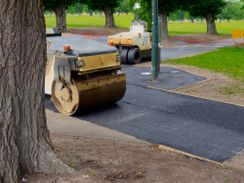When Should You Invest in Residential Paving Services?

If you’re considering a residential paving project, you’re probably wondering when would be the right time to start. Getting the asphalt replaced before winter ice and snow become a problem is the most important objective. Here’s a guide to help determine the most ideal time for your paving project.
What Is the Best Season for Paving?
While it’s possible to pave during the winter, cold weather can cause the traditional hot-mix asphalt material to contract and expand too much, which will affect the curing time and quality of the finished surface. It’s also difficult for contractors to work in extremely cold or icy conditions because they have less time to lay the material.
 If you’re replacing an asphalt driveway, it’s best to have the paving done during warmer seasons in temperatures around 70 degrees. That makes the late spring, early summer and early fall some of the best times for residential paving. Repairing potholes, cracks, and other damage should also be done in warmer weather.
If you’re replacing an asphalt driveway, it’s best to have the paving done during warmer seasons in temperatures around 70 degrees. That makes the late spring, early summer and early fall some of the best times for residential paving. Repairing potholes, cracks, and other damage should also be done in warmer weather.
What Are the Exceptions?
While temperature is important, if contractors are working with warm-mix asphalt (WMA), there is more leeway in what can be accomplished. WMA can be used for cold-weather paving, which comes in handy during Alaska’s long winters. When laying WMA, outside air temperature can be reduced by 50 to 100 degrees compared to traditional hot-mix paving. WMA is also a more environmentally friendly material and adds fewer fumes and dust to the air.
When you’re ready to start your residential paving project, contact the specialists at Caddo Construction in Anchorage, AK. Their experienced paving contractors can handle a wide range of weather conditions to provide you with a high-quality pavement surface. They also offer snow removal services to keep driveways, walkways, and roads safe. Call (907) 333-6160 to schedule an appointment, or visit them online to learn more about their services.
About the Business
Have a question? Ask the experts!
Send your question

